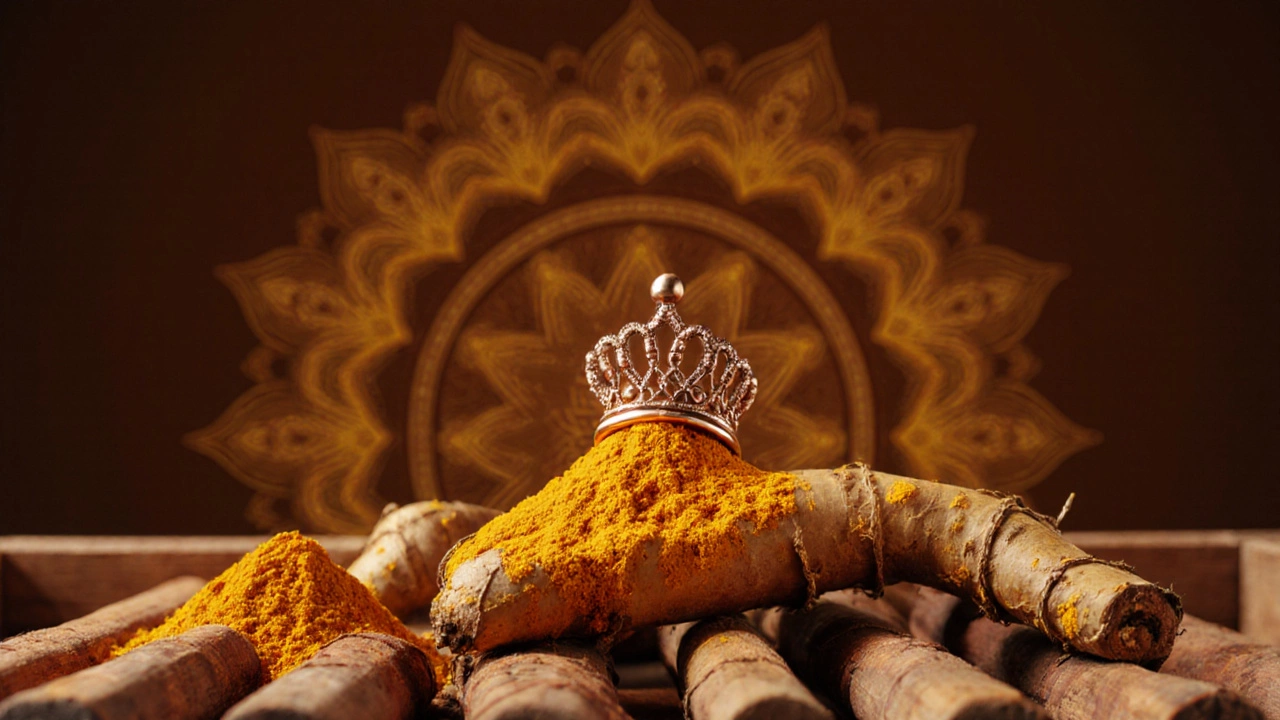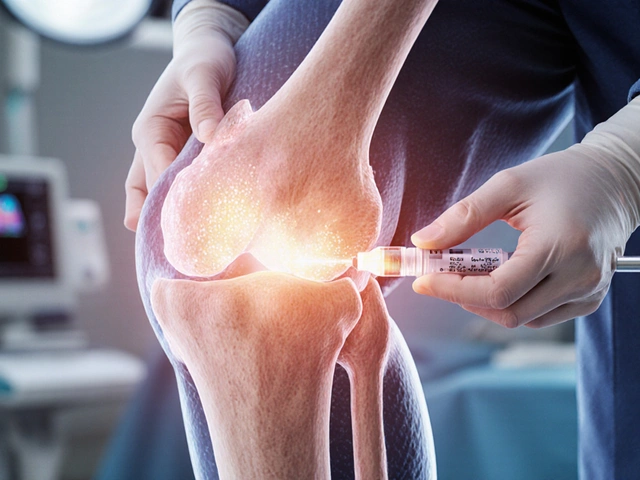Curcumin: What You Need to Know
When working with curcumin, the bright yellow compound extracted from the rhizome of turmeric that gives the spice its color and many of its health properties. Also known as diferuloylmethane, it has become a popular supplement for its anti‑inflammatory and antioxidant claims. In India, curcumin shows up in everything from kitchen recipes to over‑the‑counter pills, so knowing the facts matters for any reader concerned about safety.
Key Topics Covered
Curcumin doesn’t act alone – it comes from turmeric, the root plant widely used in Indian cooking and traditional medicine. Turmeric contains only about 2‑5% curcumin by weight, which means most powders and extracts rely on concentration methods to boost the active ingredient. Understanding this source‑to‑supplement link helps you gauge quality, especially when you see claims like “100% natural” on a label.
One big hurdle for curcumin is bioavailability, the proportion of the compound that actually reaches the bloodstream after ingestion. On its own, curcumin is poorly absorbed, quickly metabolized, and eliminated. That’s why many formulations pair it with piperine (black‑pepper extract) or use liposomal delivery. The bioavailability factor directly influences how much you need to take to see any effect, so a product’s claim about “enhanced absorption” is more than marketing jargon.
When you finally decide on a supplement, dosage, the amount of curcumin taken per day measured in milligrams, becomes the next critical piece. Clinical studies in India often use 500‑1000 mg of standardized curcumin (95% curcuminoids) split into two doses. Going beyond 2000 mg without professional guidance can raise the risk of stomach upset, gallbladder issues, or blood‑thinning effects. Keeping dosage within proven ranges ensures you get the anti‑inflammatory benefits without unnecessary side effects.
Another practical concern is drug interaction. Curcumin can interfere with anticoagulants like warfarin, antiplatelet drugs, and even certain chemotherapy agents by affecting cytochrome P450 enzymes. If you’re on prescription medication, especially for heart or blood disorders, a quick chat with your doctor is essential before adding curcumin to your routine. The same goes for people with gallstones or bile‑duct problems, as curcumin stimulates bile flow.
Below you’ll find a curated collection of articles that dive deeper into each of these angles – from the chemistry behind curcumin’s anti‑inflammatory action to safety tips for Indian patients, practical dosage calculators, and real‑world case studies. Use this guide to decide whether curcumin fits your health plan, how to pick a reliable product, and what steps to take for safe, effective use.

Turmeric: The King of Healing Herbs Explained
Discover why turmeric is called the king of healing herbs, its science-backed benefits, safe usage tips, and how it compares with other top herbs.

Essential Limitations After Knee Replacement Surgery
Nov, 21 2024

What Is the Newest Alternative to Knee Replacement?
Oct, 30 2025

Strongest Anti-Anxiety Herb: What You Need to Know
Feb, 22 2025

